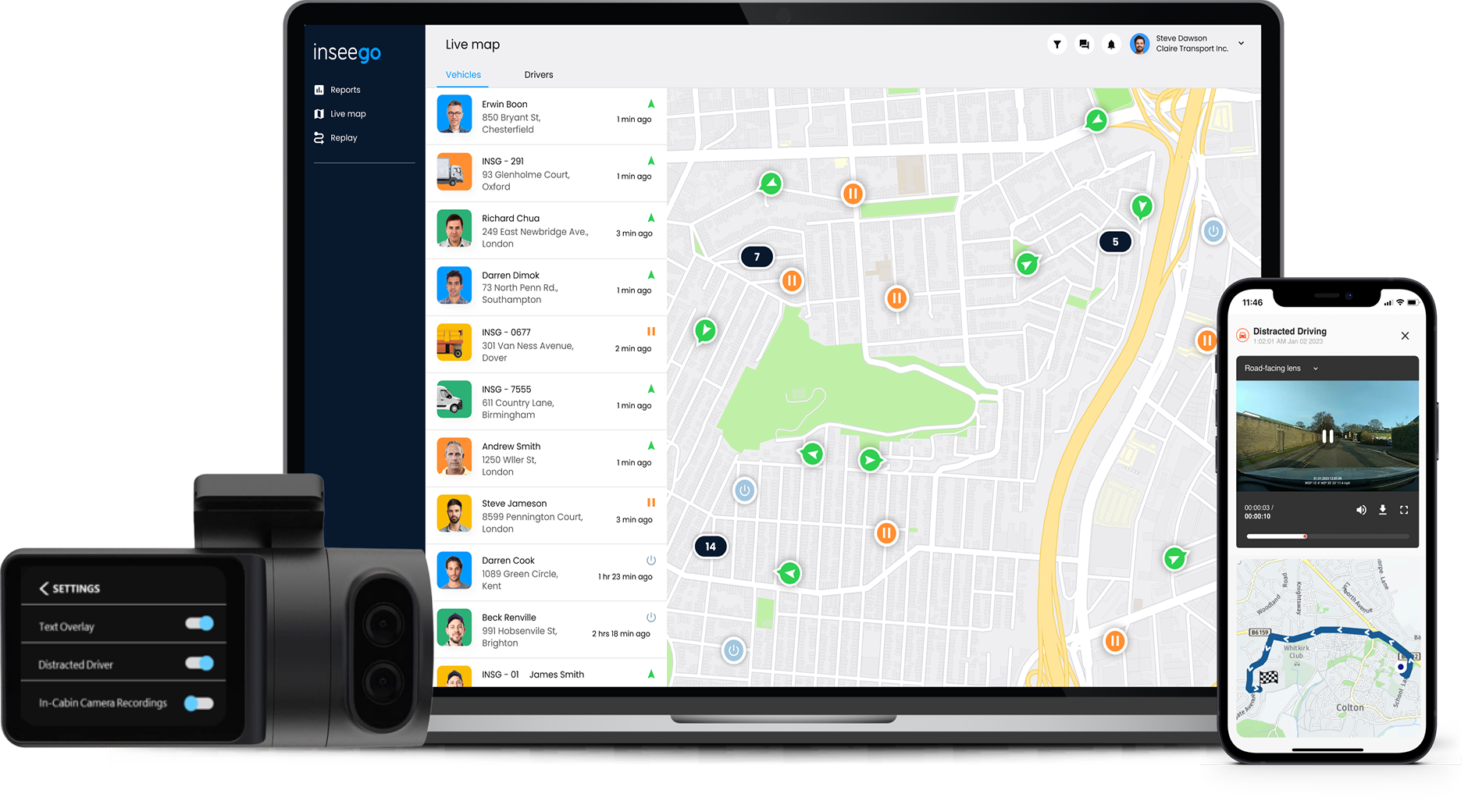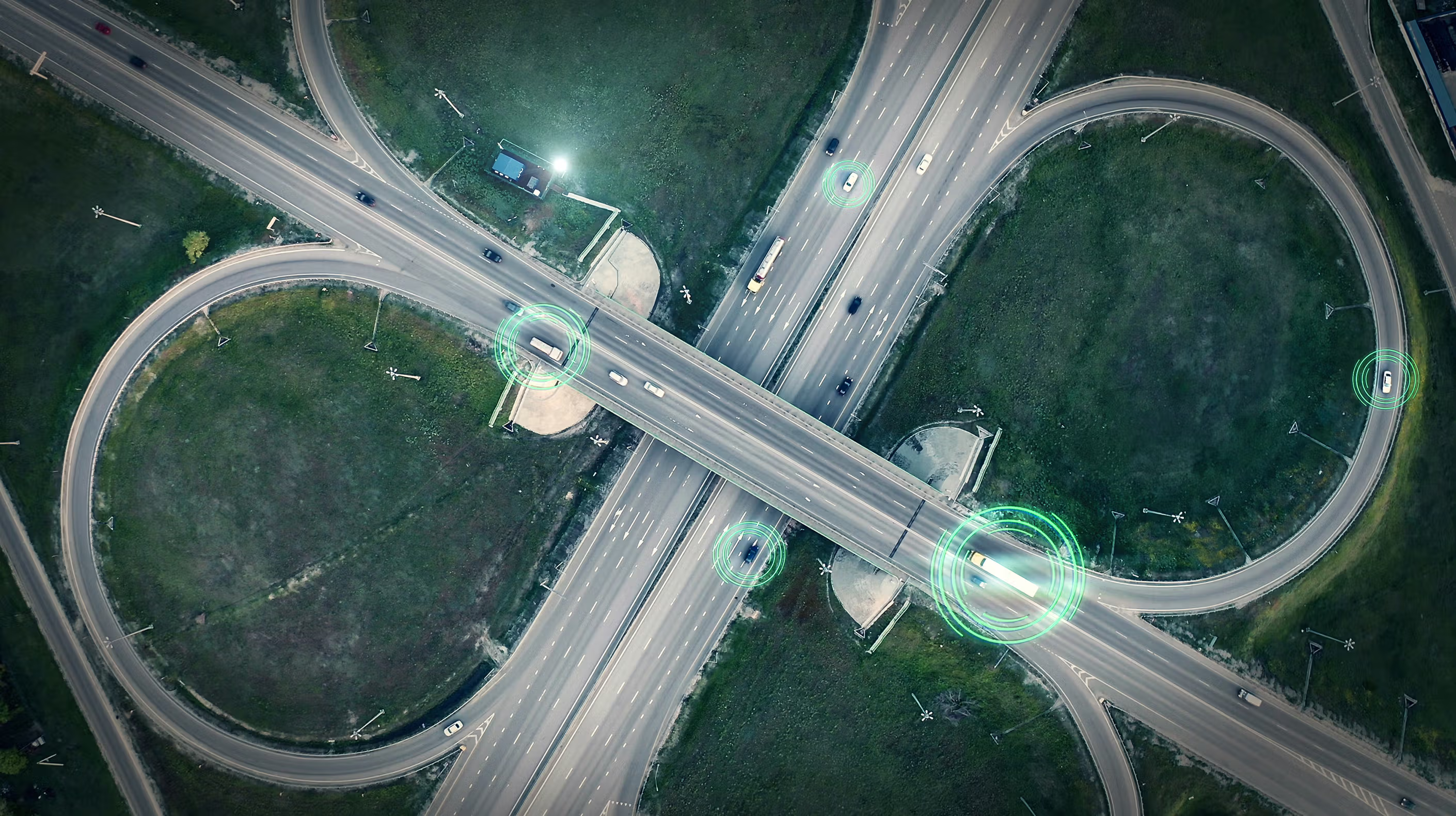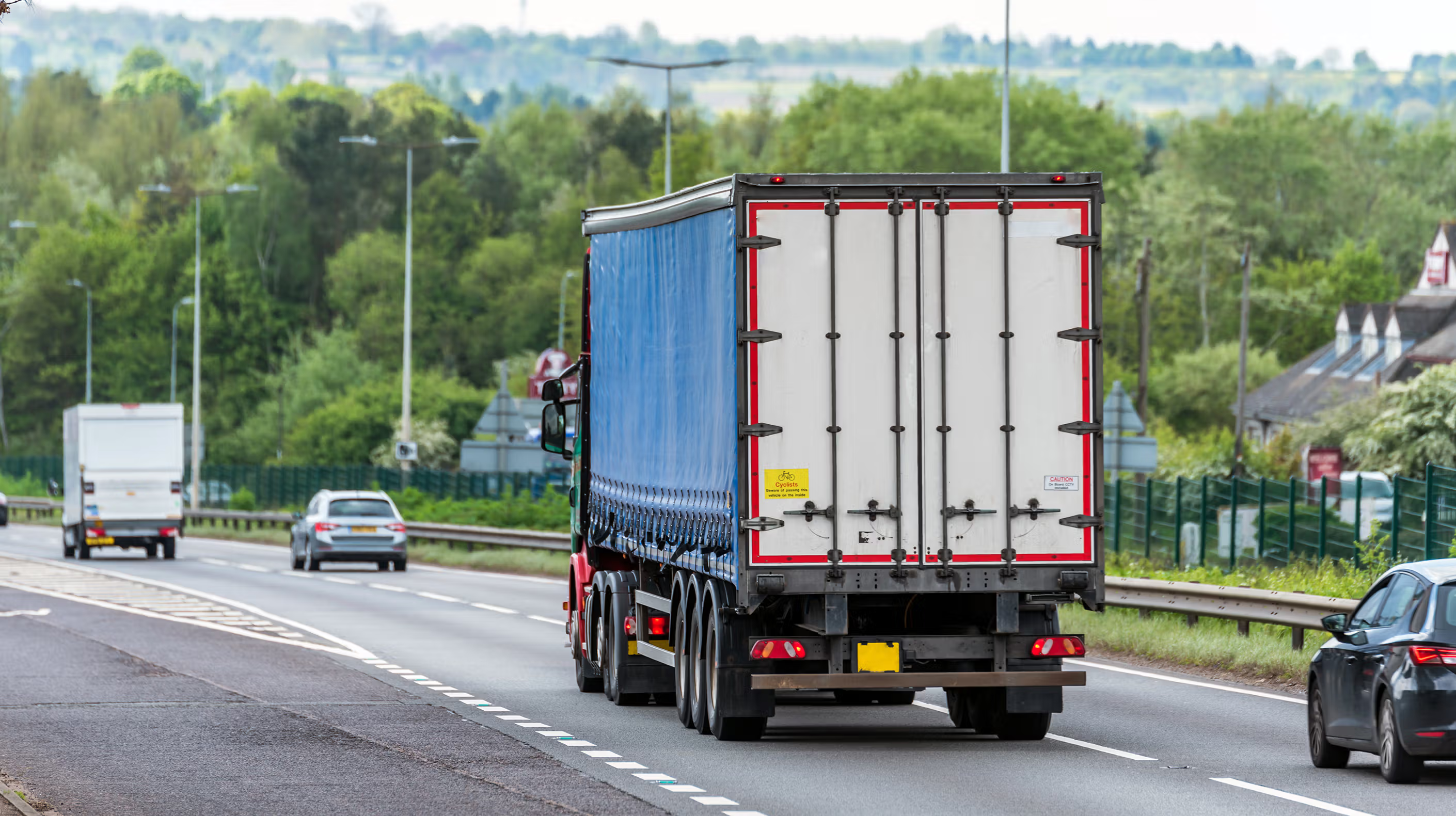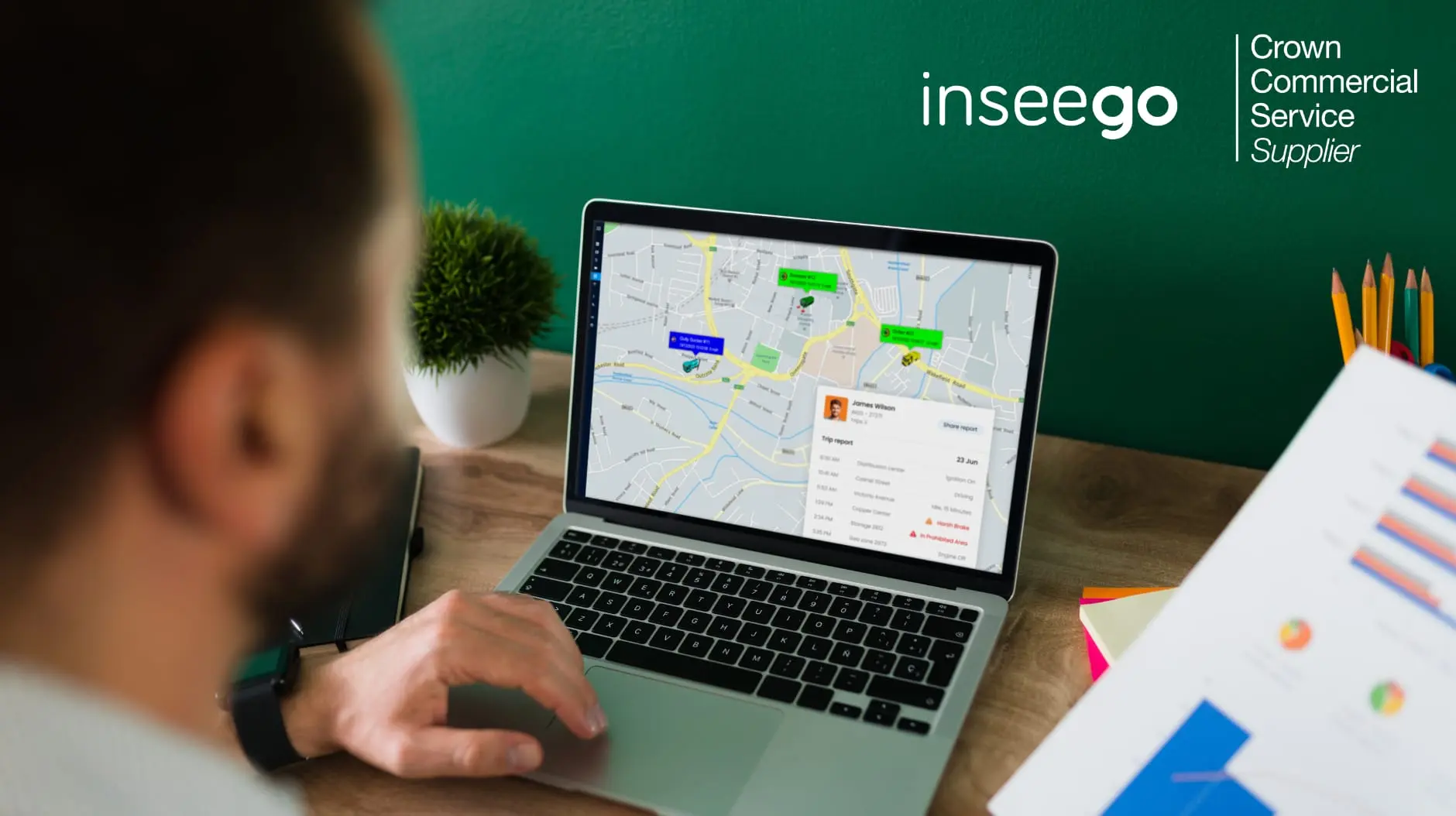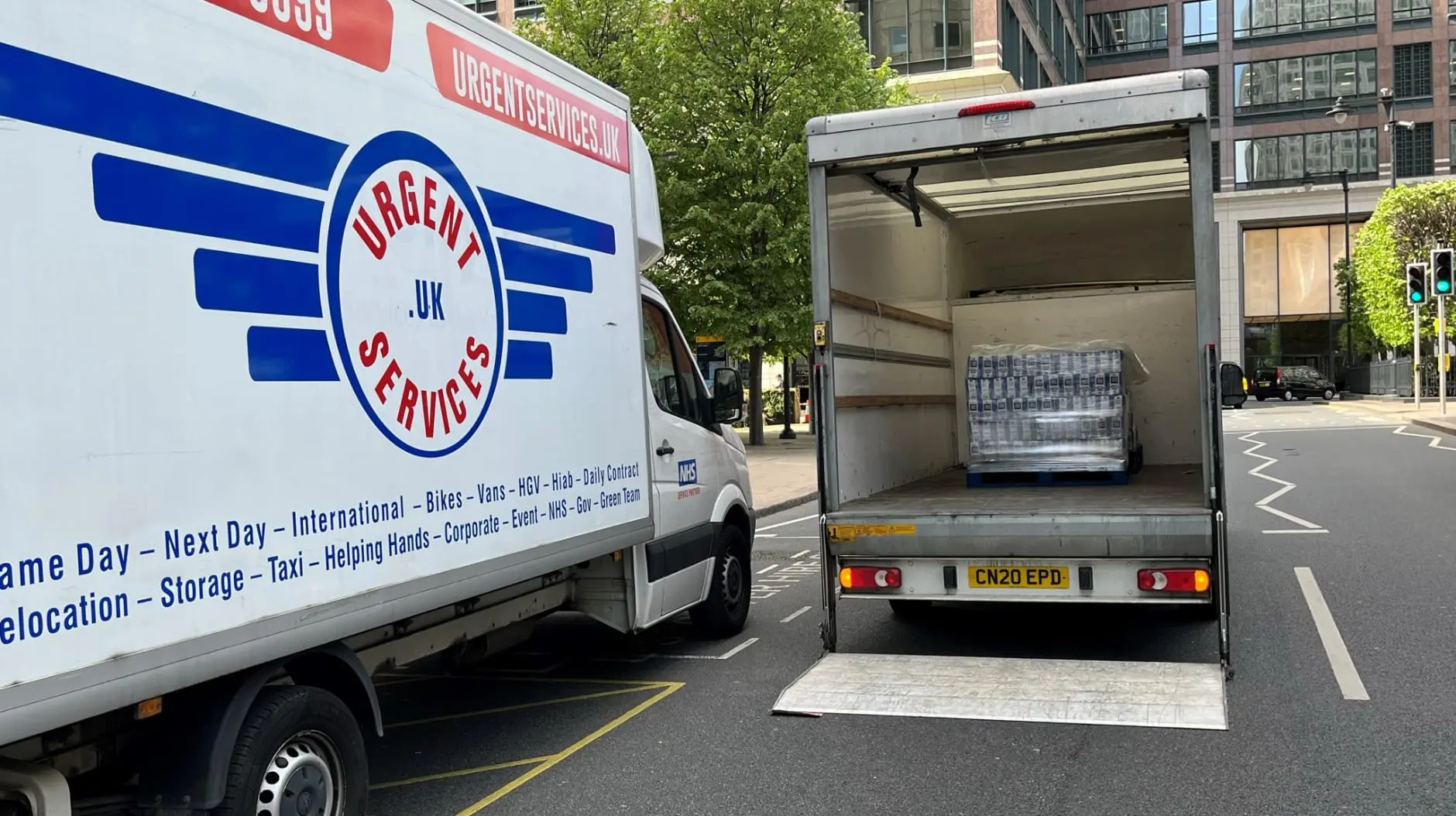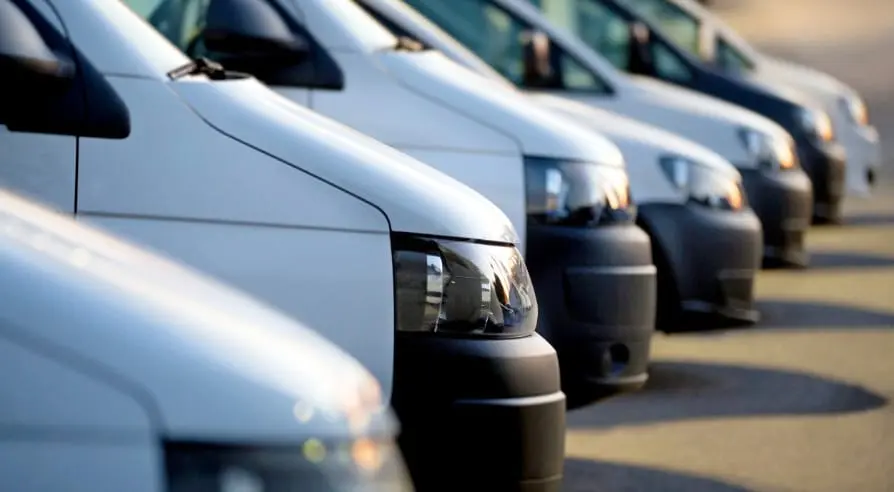More blog posts
View all blog postsTeam Management
Understanding Tachograph Card Rules: A Guide for Fleet Managers
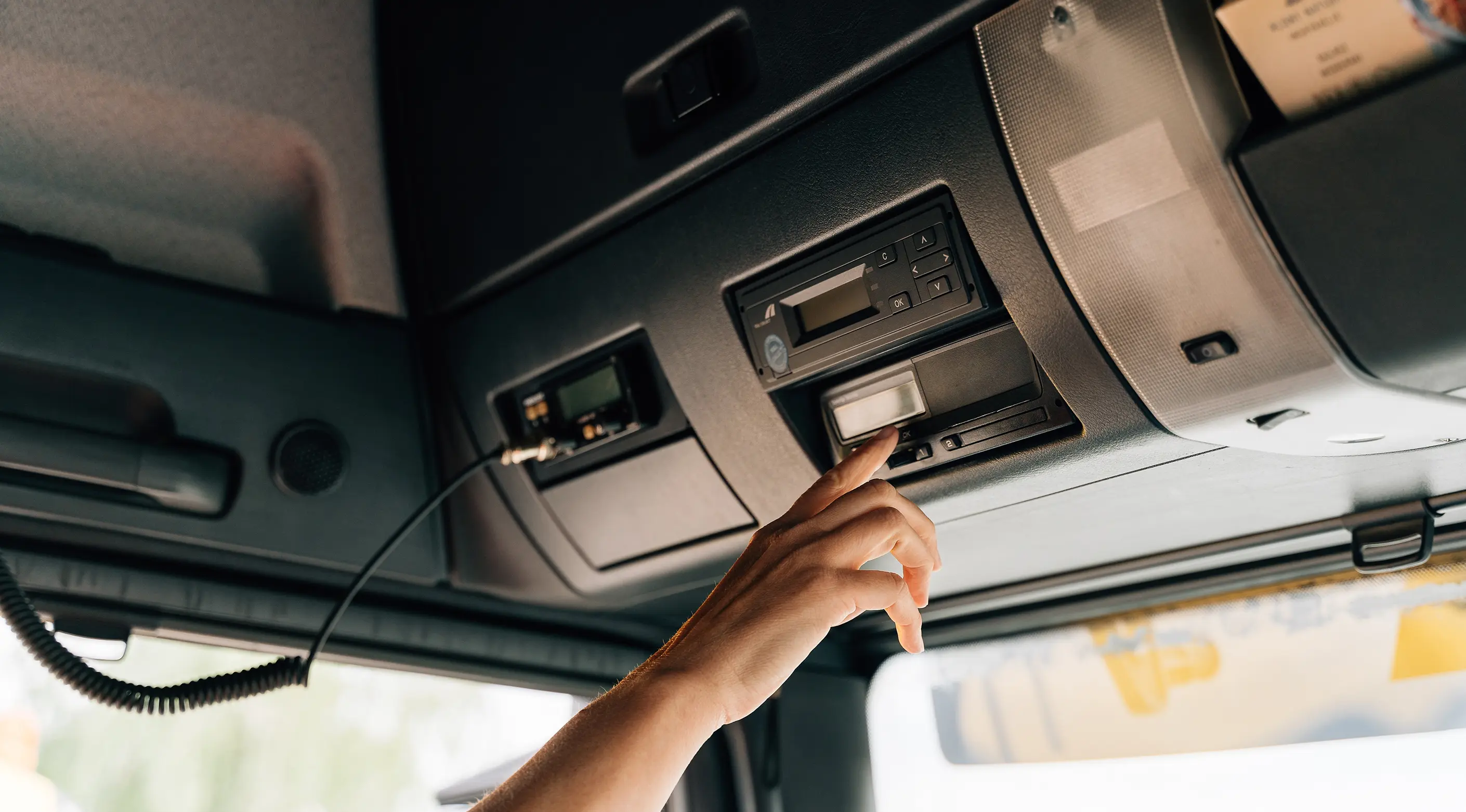
What are Tachograph Card Rules?
Tachograph cards, commonly referred to as 'driver cards' or 'tacho cards', are essential for commercial goods vehicles (HGVs) and passenger vehicles (buses and coaches) to operate legally on UK roads. They are issued by the Driver and Vehicle Licensing Agency (DVLA) and are required to be fitted into a vehicle’s tachograph unit. The tachograph card allows the fleet manager to monitor and manage the movements of both vehicles and drivers as they travel around.
What are Tachograph Cards used for
The primary purpose of a tachograph card is to record the hours of driving and rest times of all drivers within a fleet. Tacho cards also contain information regarding the company's Vehicle Operator's Licence (VOC), driver details such as their photo, name and address, and vehicle registration numbers. This data is transmitted by the tacho card to the vehicle unit which then stores it. The data can then be accessed by enforcement officers & fleet managers, should it be necessary.
What Tachograph Rules do Fleet Managers Need to Know?
Fleet Managers should be aware of the regulations surrounding tachograph cards, such as the need to check the validity of the card, to replace lost or stolen cards, or to replace an expired one. If using a digital tachograph, the driver must also hold a valid driver card and a digital tachograph driver card. The driver card should be inserted into the tachograph's card reader to ensure that the tacho card data is correctly recorded. Additionally, fleet managers should be aware of the need to disconnect the tachograph unit from the vehicle before applying for a replacement tacho card. The tachograph unit and card must also be inspected every 28 calendar days, to check that it is working correctly, in order to comply with legal requirements.
How to Implement Tachograph Card Rules
Managers should ensure that they familiarise themselves with the DVLA's tachograph card application process, which can either be done on the DVLA website or via post. To apply online, the fleet manager will need to provide photographic identification, proof of address, the Vehicle Identification Number (VIN) of the vehicle as well as the driver's driving licence number. If applying via post, they must send a completed application form, along with the required supporting documentation, to the address stated on the DVLA website.
Preparing for the Application Process
Fleet managers should also check that their vehicle has the required hardware for a tachograph or that it needs updating, if the truck is an older model. They should also disconnect the tachograph unit from the vehicle and take out any existing tacho cards and/or any printouts before starting the application process.
Ensuring Successful Integration of Tachograph Card Rules into Operations
To ensure smooth integration of tacho rules into their operations, fleet managers should use the available tools and resources to help. For instance, the Driver and Vehicle Standards Agency (DVSA) provide an enforcement guide, which offers information regarding the roles of enforcement officers and explains when tacho cards should be checked. Additionally, advice on what to do in the case of a malfunctioning card is available from the CPC's Smart Card Helpline.
Tools and Resources to Help Managers Implement Tachograph Card Rules
Various tools and resources are available to help fleet managers with successfully introducing tacho rules into their operations. The DVLA website also provides guidance on applying for tachograph cards, such as how to obtain a replacement tacho card, what the fees are for applying for a tacho card, shipping and delivery timeframes and how to apply for a new or replacement card. Furthermore, several companies offer services to assist with tacho card requirements, including a full card replacement service for both analogue and digital tachographs and GB Photocard driving licences, as well as Northern Ireland driving licences.
Inseego enables tachograph solutions
Automatic Reporting & Archiving
Inseego's digital tachograph solution enables fleets of vehicles to monitor and track driver performance, optimise route planning, and review and analyse large amounts of collected data. The system is fully automated and continuous, logging and storing driver and vehicle data such as working hours, driving events, rest breaks, and fuel usage. This system can also generate detailed performance reports, helping fleet managers identify potential problem areas and optimise route planning.
Simple Integration with Other Systems
In addition to providing a comprehensive recording and storage system, Inseego's tachograph software can also integrate with other systems such as telematics, navigation, and fleet management systems. This allows users to view and analyse all their data in one place, eliminating the need for manual data entry and making data analysis simpler and more efficient.
Improved Efficiency and Safety
Overall, Inseego's digital tachograph solutions provide a flexible, efficient, and cost-effective way for fleets to manage and track driver performance, optimise route planning, and review and analyse data. Through these solutions, fleets can improve their efficiency, reduce costs, and maximise the safety of their drivers.
Conclusion & Summarizing Tips
In conclusion, tachograph cards are essential for commercial goods and passenger vehicles to operate legally on UK roads. As a fleet manager, it's your responsibility to ensure that all tachograph rules are implemented properly and that you are familiar with the card application process, as well as the tools and resources available to help. In order to ensure compliance with the regulations, make sure you check the validity of the card, apply for a replacement tacho card when necessary, and inspect the tachograph unit every 28 calendar days. Additionally, check the expiry date of a driver tacho card and that the driver holds a valid digital tachograph driver card. Finally, bear in mind that a company card or a photocard driving licence featuring a debit or credit card image are not valid tachograph cards, so make sure to use a valid driver tachograph card for all drivers.
